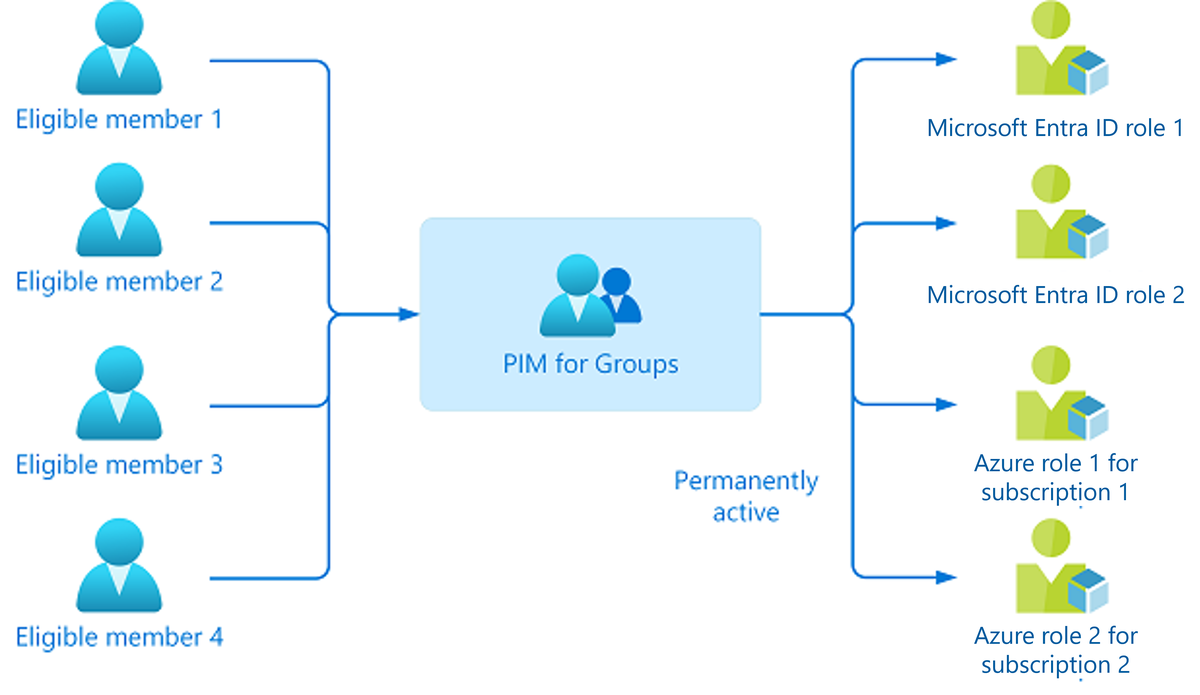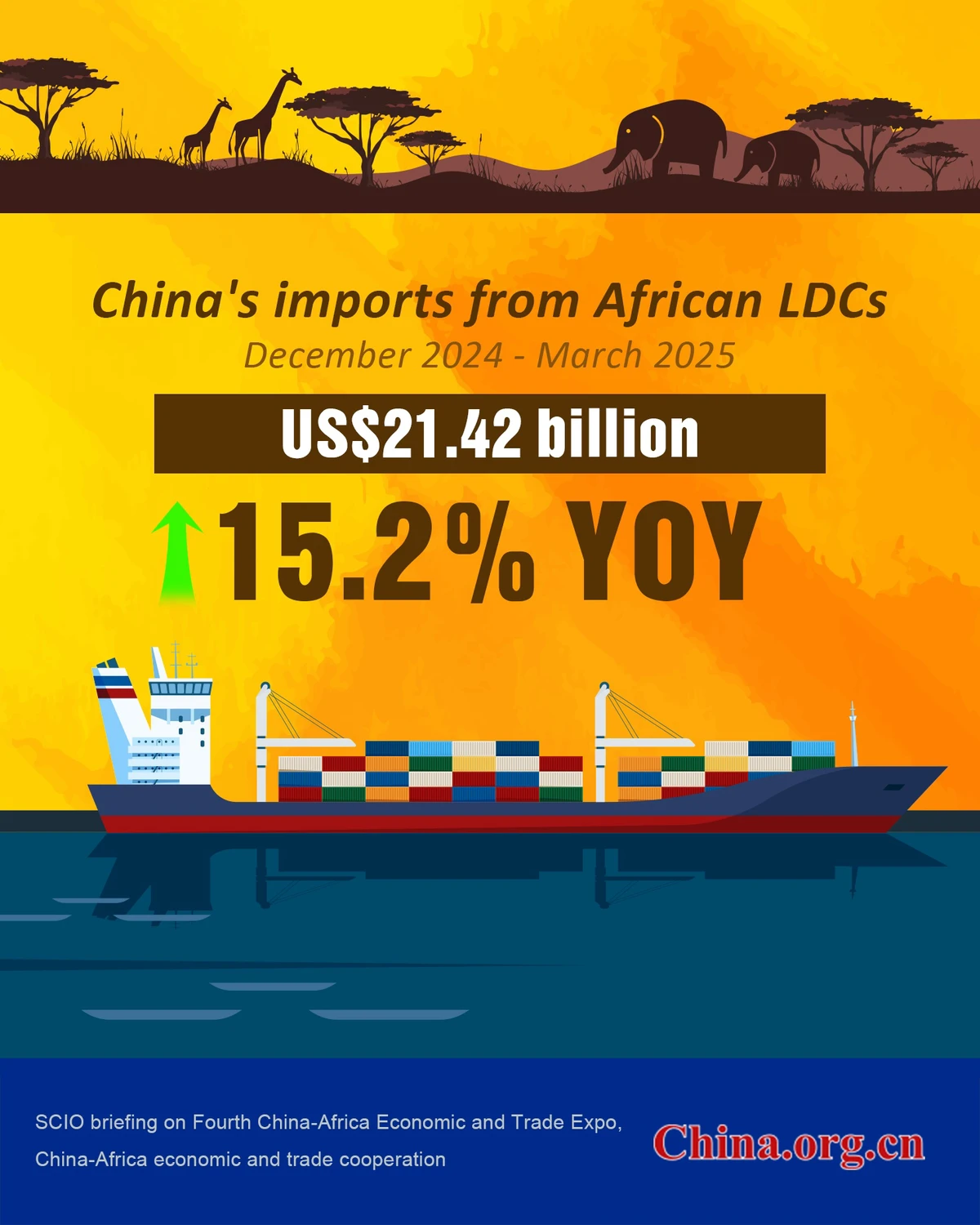


Introduction
Swaps have become one of the most influential financial instruments in corporate finance and trading. They allow firms to exchange cash flows, hedge risks, and gain access to favorable financing structures without having to alter the underlying balance sheet too drastically. The corporate use of swaps in trading has expanded significantly over the last three decades, evolving from simple interest rate swaps to highly sophisticated credit default swaps (CDS), equity swaps, and commodity-linked products.
This article provides a comprehensive overview of how corporations use swaps in trading, comparing different strategies, analyzing their benefits and drawbacks, and offering practical recommendations for corporate treasurers, risk managers, and institutional traders. By integrating real-world examples, current industry trends, and a deep dive into swap strategies, we will explore how swaps are shaping modern corporate financial management.
What Are Swaps in Corporate Finance?
Definition of Swaps
A swap is a contractual agreement between two parties to exchange cash flows or financial instruments for a set period of time. In corporate use, swaps often allow companies to hedge against risk or optimize funding costs.
The most common types include:
Interest Rate Swaps (IRS): Exchanging fixed-rate payments for floating-rate payments.
Currency Swaps: Exchanging cash flows in different currencies.
Commodity Swaps: Locking in commodity prices for producers or consumers.
Equity Swaps: Exchanging returns on stocks or indices with fixed or floating payments.
Credit Default Swaps (CDS): Transferring credit risk from one party to another.
Why Corporates Use Swaps
Corporations primarily use swaps for three reasons:
Risk management (hedging): Protecting against volatility in interest rates, currency, or commodity prices.
Cost optimization: Lowering borrowing costs by accessing more favorable financing terms.
Speculation and arbitrage: In rare cases, corporations may speculate on market movements to enhance returns.
Corporate swap structure: Example of fixed-for-floating interest rate swap
Key Corporate Swaps Strategies
- Interest Rate Swaps (IRS)
Corporations with significant debt often face interest rate risk. An interest rate swap allows a company to convert floating-rate debt into fixed-rate debt (or vice versa), aligning its obligations with market conditions or internal forecasts.
Example:
A manufacturing firm with a $500M floating-rate loan fears rising interest rates. By entering an interest rate swap, it converts this exposure into fixed payments, ensuring predictable financing costs.
Advantages:
Stabilizes cash flows.
Protects against rising rates.
Allows companies to restructure debt without refinancing.
Disadvantages:
Missed opportunities if rates move favorably.
Exposure to counterparty credit risk.
- Currency Swaps
For multinational corporations, currency volatility can severely impact revenues and costs. A currency swap helps firms lock in exchange rates or restructure foreign-denominated debt.
Example:
A European carmaker with revenues in USD and debt in EUR may use a currency swap to match cash inflows with outflows, mitigating foreign exchange (FX) risk.
Advantages:
Reduces exposure to FX fluctuations.
Facilitates international investments.
Enhances predictability in multi-currency operations.
Disadvantages:
Complex legal and accounting requirements.
Potential mismatch if trade volumes change.
- Commodity Swaps
Energy, agriculture, and airline industries frequently rely on commodity swaps to stabilize costs.
Example:
An airline may enter a fuel swap to lock in jet fuel prices for 12 months, shielding itself from oil price spikes.
Advantages:
Provides stability in volatile commodity markets.
Supports long-term planning.
Protects profit margins.
Disadvantages:
Inflexibility if market prices fall.
May introduce speculative exposure if poorly managed.
- Equity and Credit Default Swaps
Equity swaps allow corporations to gain synthetic exposure to stock indices or individual equities without directly holding them. Credit default swaps, on the other hand, are widely used for credit risk transfer.
Example:
A bank holding corporate bonds may use a CDS to protect itself against default risk of its borrowers.
Advantages:
Access to assets without direct ownership.
Flexible hedging strategies.
Efficient credit risk transfer.
Disadvantages:
Higher complexity and regulatory scrutiny.
Systemic risk (as seen in the 2008 financial crisis).
Comparing Swap Strategies for Corporates
Swap Type Primary Use Best For Main Risk
Interest Rate Swaps Hedge rate exposure Debt-heavy corporations Opportunity cost of favorable rates
Currency Swaps Hedge FX risk Multinational companies FX mismatches
Commodity Swaps Hedge raw material/energy costs Airlines, energy producers, manufacturers Locked-in high costs if prices fall
Equity Swaps Synthetic equity exposure Investment firms, hedge funds Counterparty risk
Credit Default Swaps Hedge credit risk Banks, bondholders Systemic contagion
Practical Applications in Corporate Finance
Hedging Debt Obligations
Swaps allow firms to tailor their debt structure to match financial forecasts. For example, in a low-rate environment, corporates may prefer floating rates but can easily swap into fixed if rates rise.
Enhancing Trading Portfolios
Beyond hedging, swaps can be used for portfolio diversification. As explored in how can swaps enhance trading portfolios, corporations and asset managers can use swaps to gain access to markets or instruments otherwise unavailable.
Risk Assessment and Reporting
Corporates must also evaluate swap risks, integrating them into their enterprise risk management frameworks. Firms increasingly adopt advanced analytics and reporting tools to monitor swaps’ impact on balance sheets.
Corporate risk hedging strategies using swaps
Industry Trends in Corporate Use of Swaps
Digitalization & Swap Platforms: Algorithmic trading and fintech platforms now allow corporates to execute and monitor swaps more efficiently. (See also: swaps application in algorithmic trading)
Regulatory Oversight: Post-2008 reforms, such as Dodd-Frank, increased transparency in swap markets through central clearinghouses.
Green Finance & ESG: Companies are exploring green swaps linked to environmental benchmarks, tying financing costs to ESG performance.
AI and Data-Driven Risk Models: Advanced swaps strategies now rely on machine learning to forecast risks and market correlations.
Best Practices for Corporates Using Swaps
Define Clear Objectives: Swaps should be used primarily for hedging, not speculation.
Assess Counterparty Risk: Always evaluate creditworthiness and consider central clearing.
Integrate with Treasury Strategy: Swaps should align with overall funding and capital allocation policies.
Regular Stress Testing: Corporates must run scenarios to assess swap performance under extreme market conditions.
FAQ: Corporate Use of Swaps in Trading
- What are the main risks of swaps for corporations?
The key risks include counterparty credit risk, market risk, and liquidity risk. Corporates may also face opportunity costs if market conditions move favorably against their swap position. Regulatory compliance adds another layer of complexity.
- How do swaps differ from options in trading?
Swaps involve an exchange of cash flows over time, while options provide the right but not the obligation to transact. Options are more flexible but often come at a premium, whereas swaps are typically long-term hedging instruments.
- Why do corporations prefer swaps over other hedging instruments?
Swaps are customizable, cost-effective, and can be structured to match the exact risk profile of a company. Unlike standardized futures or options, swaps can be tailored in terms of notional size, duration, and payment structure.
Conclusion
The corporate use of swaps in trading is no longer limited to large banks and financial institutions—it is now a core strategy for risk management and financial optimization across industries. From interest rate swaps stabilizing debt structures to currency swaps protecting global revenue streams, swaps are indispensable tools for corporations navigating today’s volatile markets.
To maximize value, corporates should combine swaps with robust risk assessment frameworks, align strategies with financial objectives, and leverage technological advancements for execution and monitoring.
If you found this article insightful, share it with your peers, drop a comment below about how your company uses swaps, and help spark a deeper conversation on modern financial strategies.
Would you like me to create a visual infographic (timeline + corporate swap strategies comparison) to make this article even more engaging for readers?

0 Comments
Leave a Comment